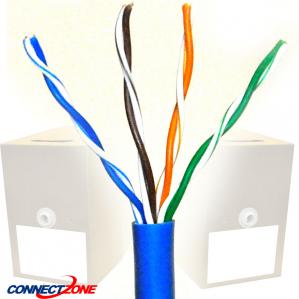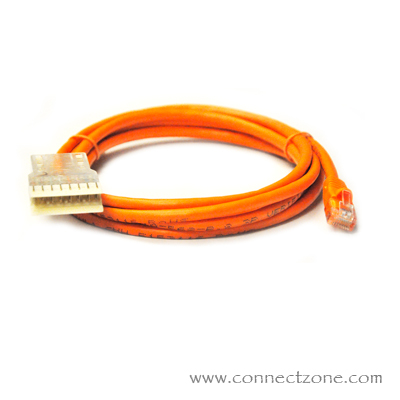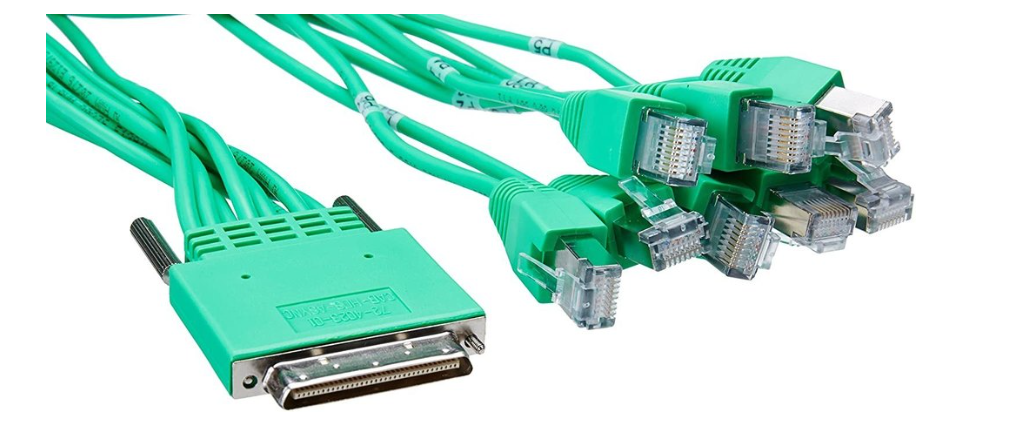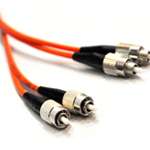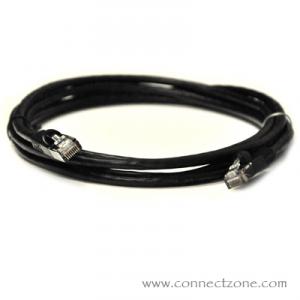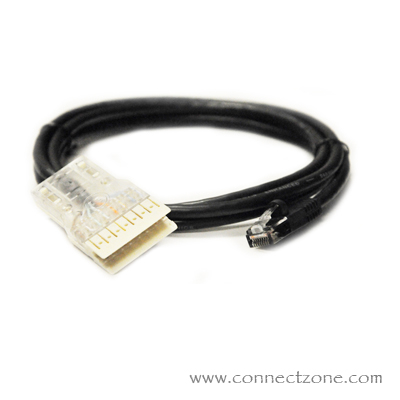We use cookies to make your experience better. Read more
- Read more
CAT5 cables contain four pairs of Fast Ethernet copper wire enabling speeds up to 100 Mbps. As with all other types of EIA / TIA twisted-pair cabling, CAT5 cable are limited to 100 meters maximum recommended run length.
- Category 5e 110 Patch Cords exceed performance specifications as defined in ANSI/CEA S–90–661–2006 & eliminate the hassle of punching down your conductors into the punch down block since the ends are already terminated. Used for telecom applications from 110 to RJ45 connections. Tested up to 350MHz. Patch cords are available with four-pair 110 plugs and are used for patching between category 5 & 110 termination fields. Category 5 RJ-45/110 Patch Cords are available in four-pair configurations wired to T568B wiring scheme. RJ-45/110 Patch Cords are used for patching between equipment and cat 5 110 termination fields. All cords are 100% factory performance tested.Read more
Available in the Following Colors:
Red Cat5e 110 Patch Cable
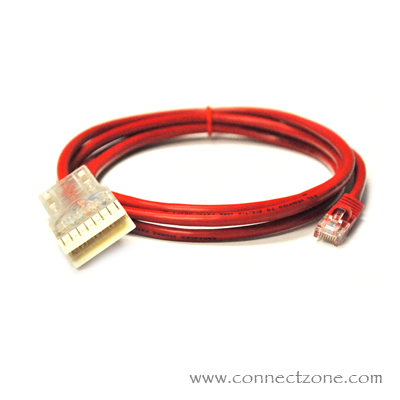
- Read more
Difference between cat5e and cat6 cables?
The general difference between CAT 5e and CAT 6 is in the transmission performance, and extension of the obtainable bandwidth from 100 MHz for CAT 5e to 200 MHz for CAT 6. This includes better insertion loss, near finish crosstalk (NEXT), return loss, and equal level far finish crosstalk (ELFEXT). These improvements provide a higher signal-to-noise ratio, allowing higher reliability for current applications and higher information rates for future applications. CAT 5e Features:- Enhanced "staggered" Cat5 RJ45 Connectors
- Rated


